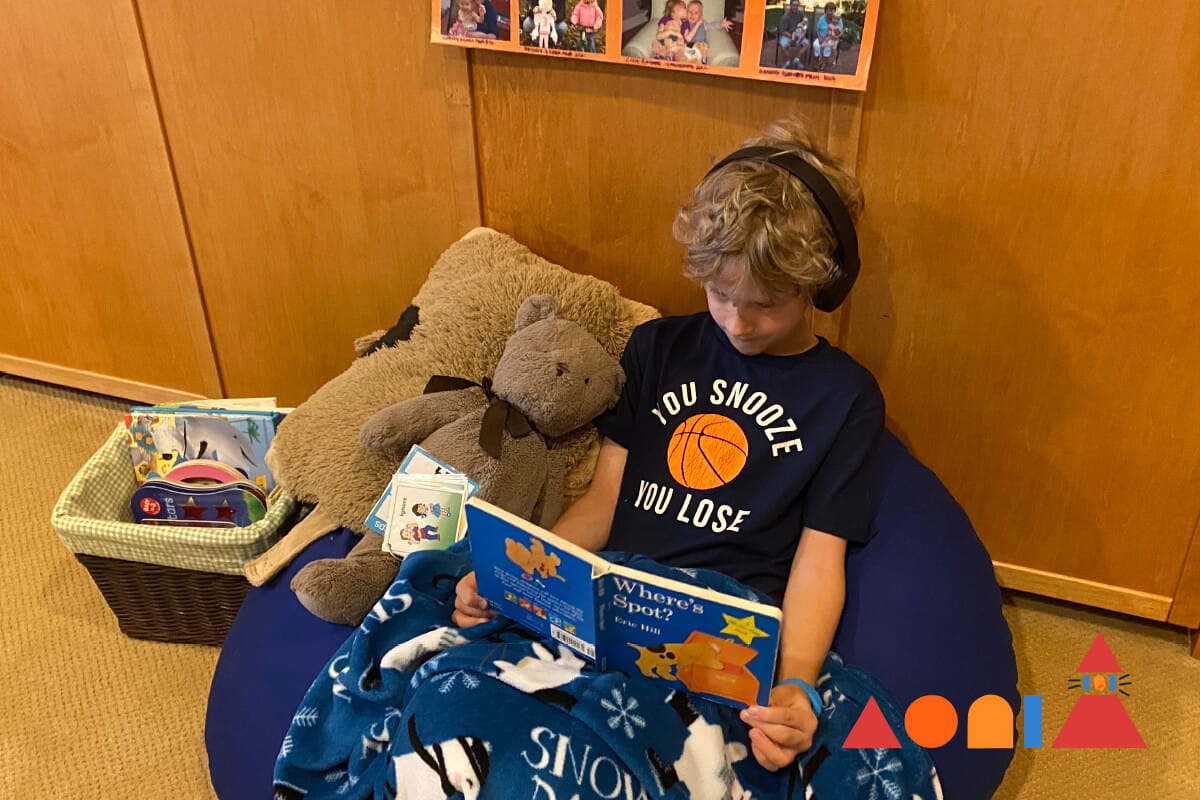Finding Me! 4 Positive Parenting Strategies That Allow Boys and Girls to Be Who They Want to Be

By Cheryl Flanders
Up until age two, gender isn’t a big deal to your child. She’s busy just exploring the wonders of the world around her—learning how to make objects roll and move, what bugs live underneath a rock in the park, and how to create shadows on a sunny day.
Pink and blue? They’re just colors in a crayon box.
By age four or five, however, most children will begin to absorb the cultural messages that have been laid out for them…especially in the toy aisles. (Princess dresses and big-eyed dolls for girls! Vehicles and construction kits for boys!) Given that, you may wonder if it’s possible for you to limit the cultural influences—or if it’s even all that important.
For some children, it definitely is.
“When a child's interests and abilities are different from what society expects, he or she is often subjected to discrimination and bullying,” notes the American Academy of Pediatrics. “[C]hildren need to feel comfortable with and good about themselves. If your son doesn't excel in sports or even have an interest in them, for example, there will still be many other opportunities and areas in which he can excel.”
To be clear, there’s absolutely nothing wrong with a tutu-loving girl, if the barre is where she wants to be. But it can be helpful for parents to develop an awareness of the limitations of gender so that their kids can discover for themselves who they are.
These parenting tips help children grow and develop their potential, express their personality, and uncover their talents—no matter where they may lead.
1. Focus on your child’s strengths and interests, not her gender. If your daughter’s strength is building amazing towers and cities with blocks while ballet class has her in tears and tantrums, support her engineering efforts and abandon the barre. For a young child especially, your goal is to help her feel good about herself.
2. Provide props that allow young children to play a variety of roles. Expand your child’s options for play—capes, crowns, hammers, and stoves for all! A more neutral play experience may lead to all kinds of surprise passions and talents.
3. Think about any gender messages you might be (inadvertently) sending. Gender messages are difficult to break, and we all use them—often without realizing it. Encouraging girls to be sweet, neat, and pretty (sugar and spice and everything nice) while validating boys as adventurous, tough, and muddy (snips and snails and puppy dog tails) are cultural messages that can limit young girls’ sense of adventure and boys’ capacity for empathy and compassion.
4. Choose media carefully. You’re probably already aware that media can powerfully influence thoughts, actions, and behaviors. Young children tend to connect with characters from favorite movies or television shows. Luckily, Common Sense Media can help guide your family toward shows that are age-appropriate and educational with a balanced approach to gender roles.



